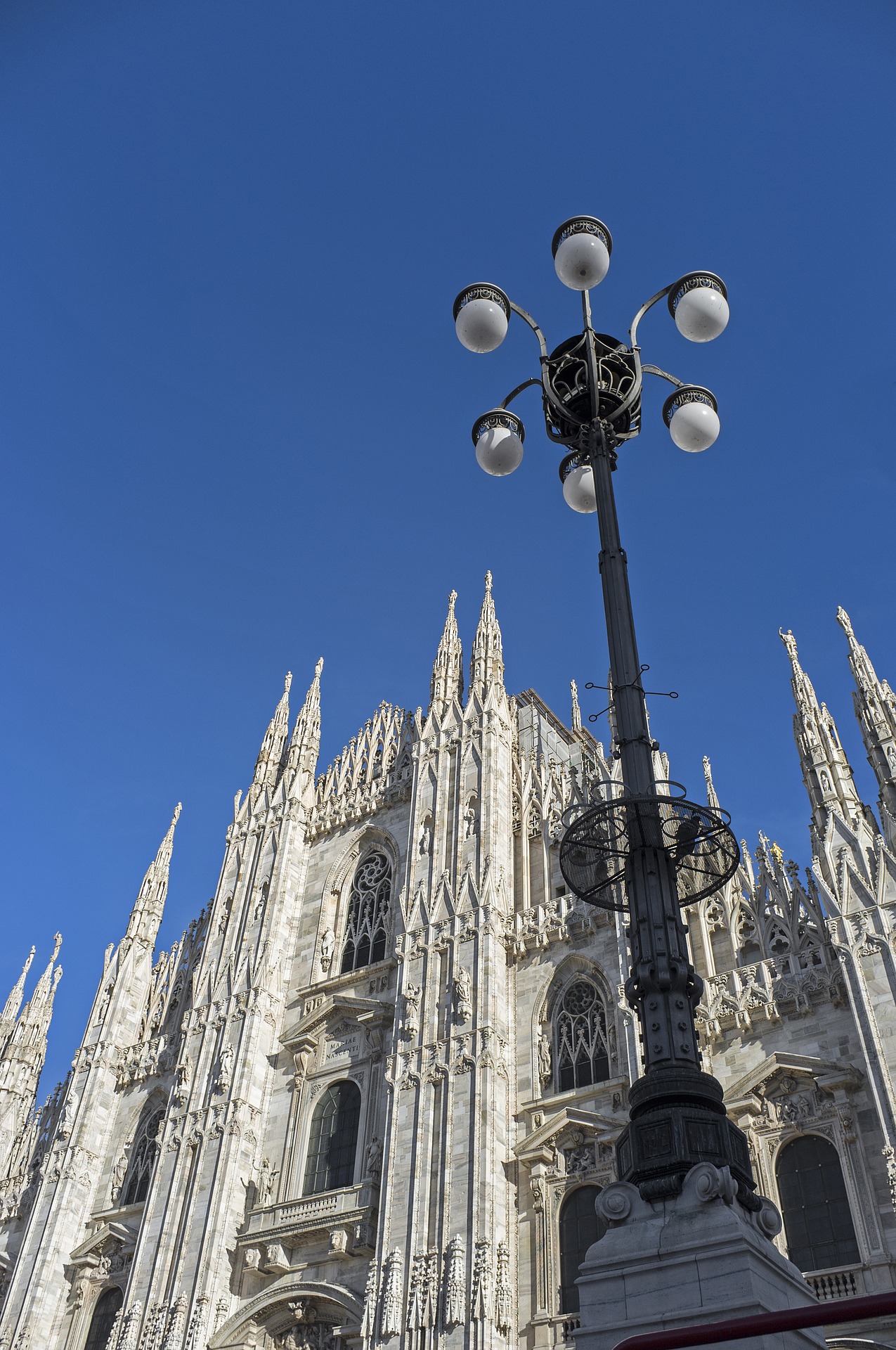Gothic art was born in France and began to take hold in the twelfth century, it will last until the fourteenth.
Gothic art can be defined as “light”. Also for this type of art, in architecture, the more built structures are churches. These are formed by three naves, equipped with a porch and a transept. They end with a choir with walkers leading to the apse.
New in this architecture are the pointed arch, the pinnacle, the flying buttress. We often find large windows and thick walls. As we have said, Gothic art was born in France. An important Gothic church is Notre Dame in Paris.
Notre Dame is a basilica with a women’s gallery and double aisles. It therefore has a total of 5 aisles, how many until then only important buildings such as the church had had abbey of Cluny or San Pietro in Rome. Also later, a Gothic church with 5 naves will remain an exception.
The double aisles end in an equally double ambulatory, and are separated one from the other by mighty columns. The gigantic caps of the hexapartite vault correspond to large walls. It was not wanted completely open the surface of the walls, but create a contrast between a thin wall – and for this reason it is so much flatter – on one side, and the slender columns and ribs of the vault on the other. Originally this effect was even stronger because the surface of the walls on the outside above the women’s gallery it was the largest, and was open at the top only by small pierced windows.
Another important church is Notre Dame of Chatres. The building built by the bishop Fulberto was destroyed in 1194 due to a fire and immediately began the reconstruction works, which lasted about 60 years. The plant has three naves with transept that is perfectly positioned in the middle, continuing towards the presbytery, the naves become five and a double ambulatory is created to emphasize the true “center” of the church. In this church the presence of flying buttresses is best exploited: this allows to unload the forces directly on the external buttresses, freeing the weight that weighed on the women’s gallery. The verticality of the structure is also emphasized by the polystyle pillars that from the floor reach the line of the vaults, where they merge with the ribs. Both transepts have their own facades with entrances.
As we have studied Gothic art will develop throughout Europe, and Italy is not excluded from it. There are many examples of Gothic churches in Italy, to bring back one, the basilica of san Francis, in Assisi. The Gothic church is made up of two basilicas. In the Lower Basilica, the interior with a nave and transept houses the extraordinary “allegorical frescoes” by Giotto, the “Madonna Angeli e San Francesco” and the “Five Saints” by Simone Martini, the “Episodes of the life and passion of Christ”, the “Madonna and Saints” and the “Stigmata” of Lorenzetti.
Valeria Del Sordo 4N
